Key points:
• Direction: Make sure that the gas pressure rod is inserted in the correct direction (thick end/MAX end facing downward).
• Vertical: Keep it absolutely vertical when applying pressure.
• Firm: Make sure the gas pressure rod is installed firmly without shaking.
Key points:
• Vertical! Vertical! Vertical! Any angle deviation may cause installation failure or damage.
• Do not rotate! Never rotate the seat or base during installation.
• Confirm in place: Make sure the base is fully seated, with no looseness or play. Try to gently lift the seat up and down, it should be very stable.
Ergonomic advice:
Adjust the height so that your feet are flat on the ground, your thighs are parallel to the ground or slightly tilted downward, and your knees are bent about 90 degrees. Your elbows should match the height of the table.
Troubleshooting tips:
• Chair sinking: Usually the gas cylinder fails. Stop using it immediately and replace the gas cylinder.
• Height adjustment failure: Check whether the height adjustment rod is connected normally; try to leave the seat surface pull rod to see if it can be raised. If not, the gas cylinder or adjustment mechanism may be faulty.
• Reclining function failure or abnormal noise: Check whether the reclining locking rod is stuck; check whether the reclining mechanism screws are loose; adjust the tension knob to see if there is any improvement. If the abnormal noise continues or the reclining cannot be done, professional repair may be required.
• Wheel jamming: Clean the hair and thread ends entangled on the wheel; check whether the wheel is damaged; try to replace a new wheel.
• Loose screws: Check and tighten regularly.
Always put safety first! Proper installation, proper use and regular maintenance of your office chair chassis are the key to ensuring its long-term, safe and comfortable operation.



.png)

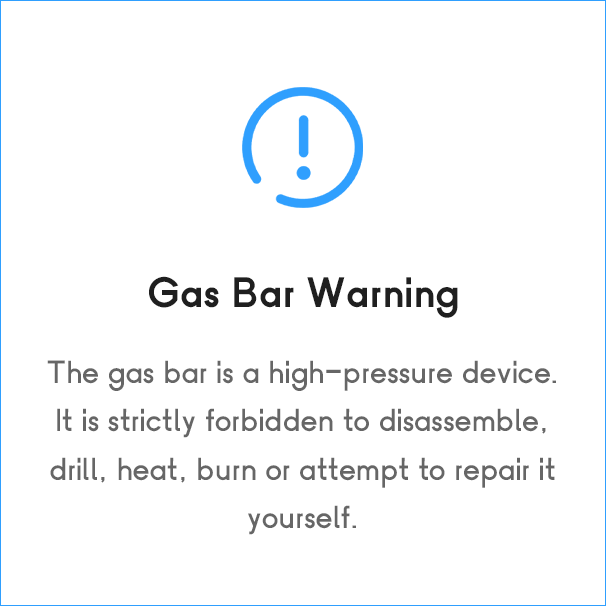
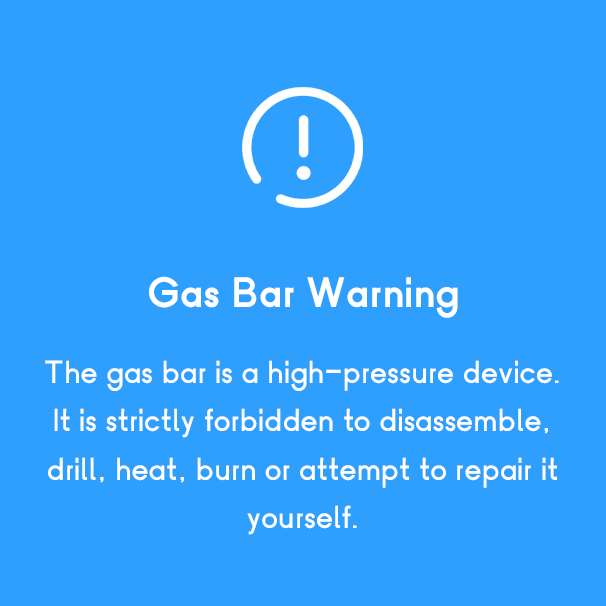








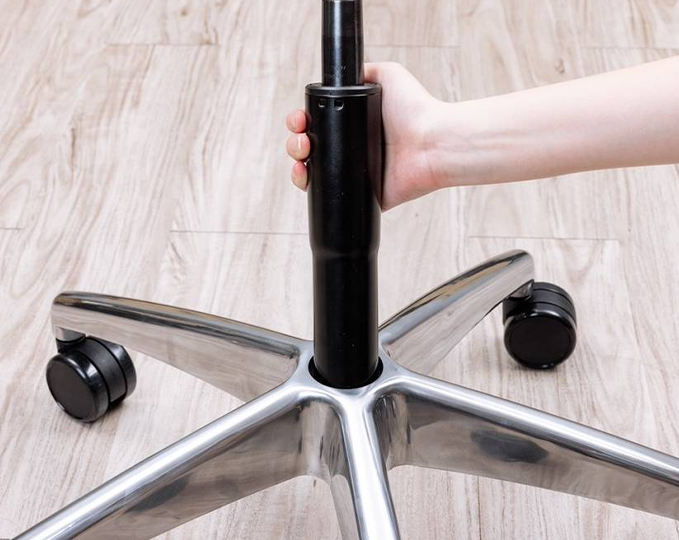
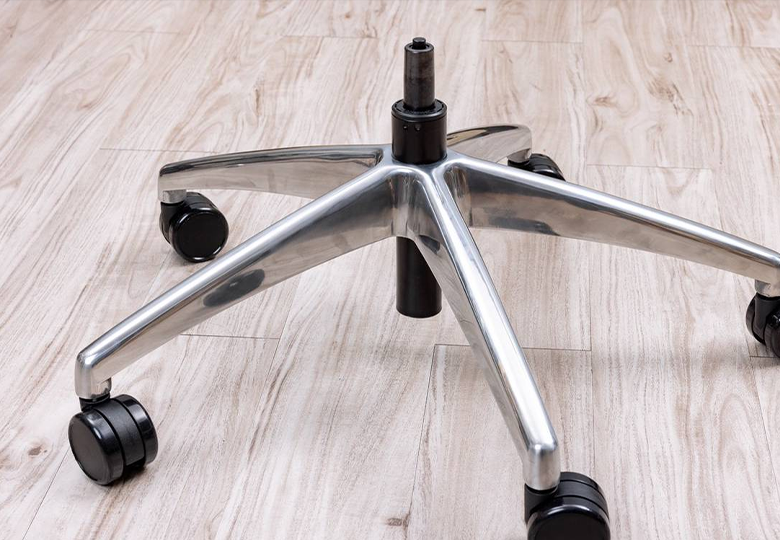
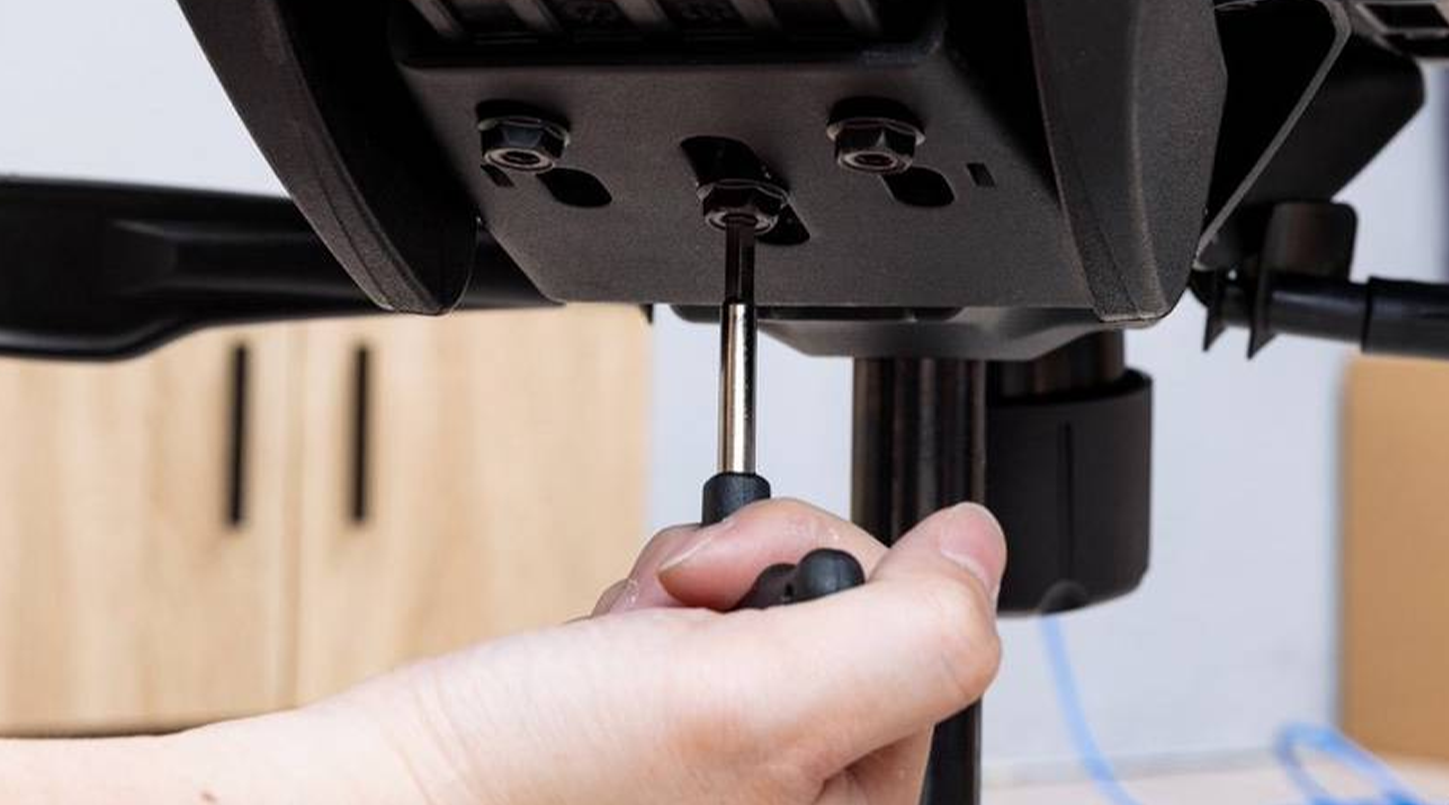
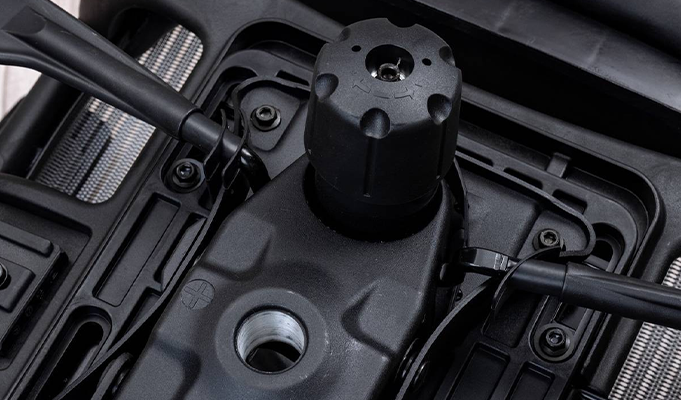
.png)
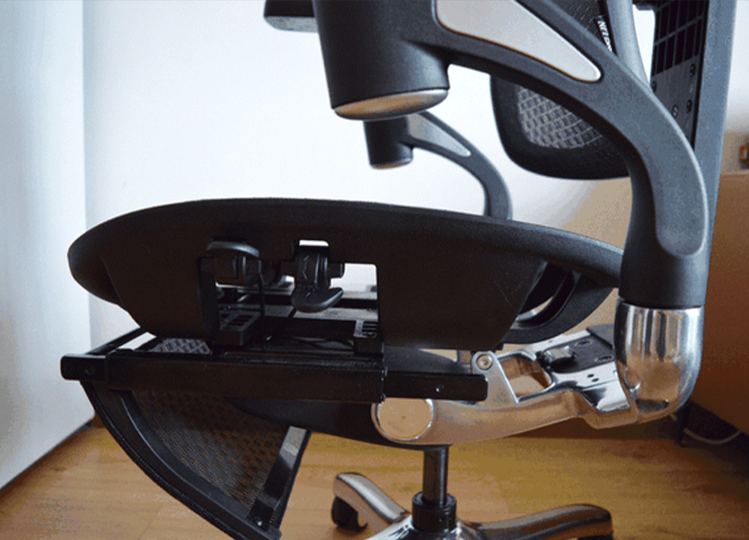
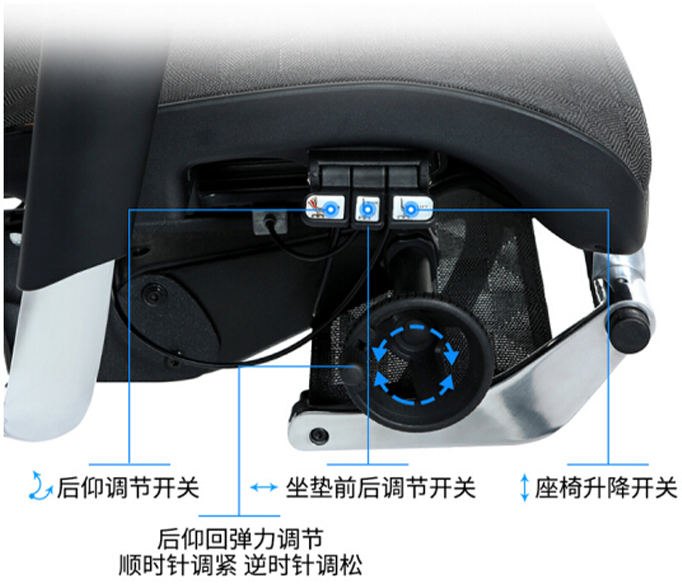
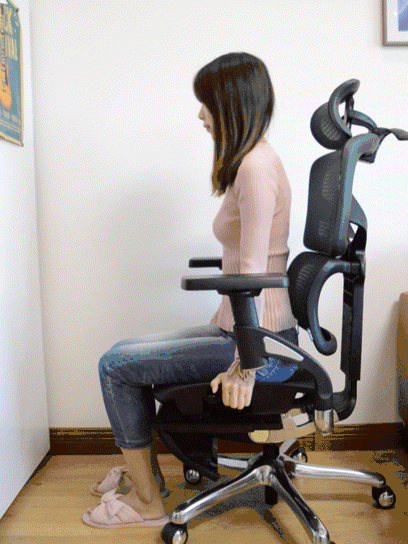
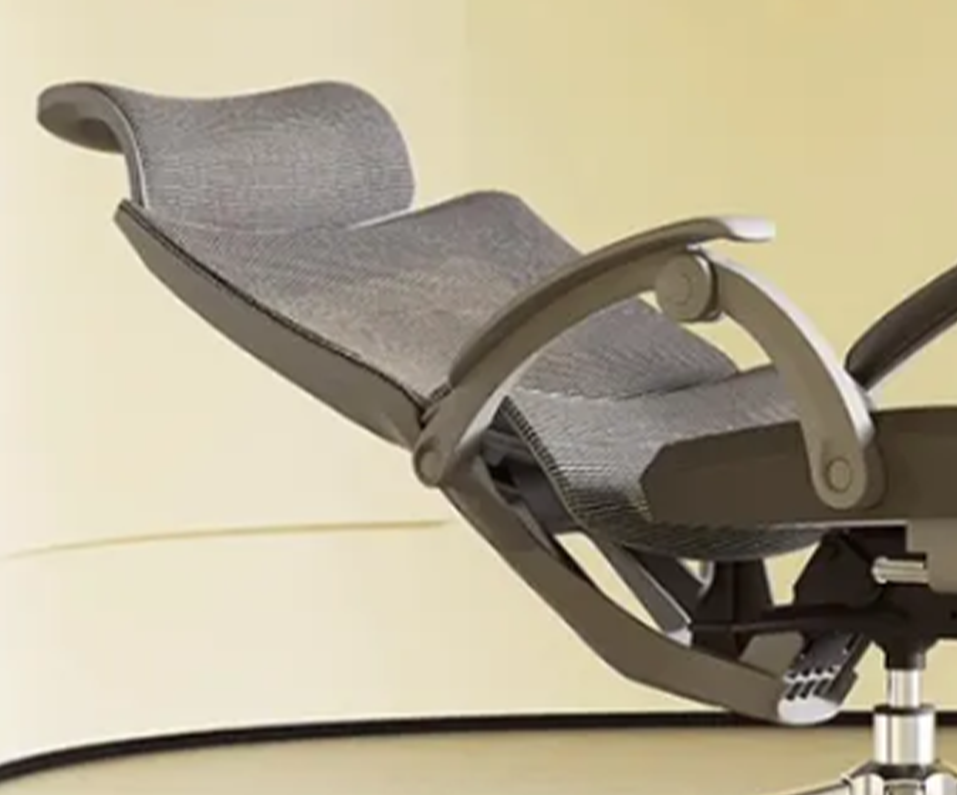
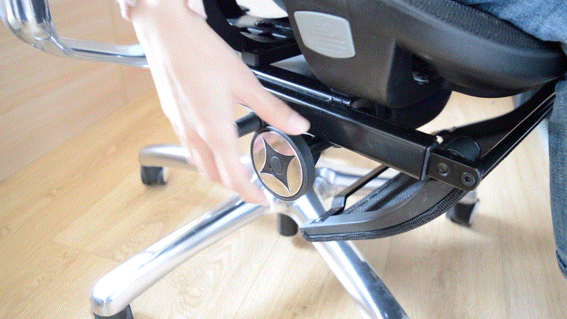
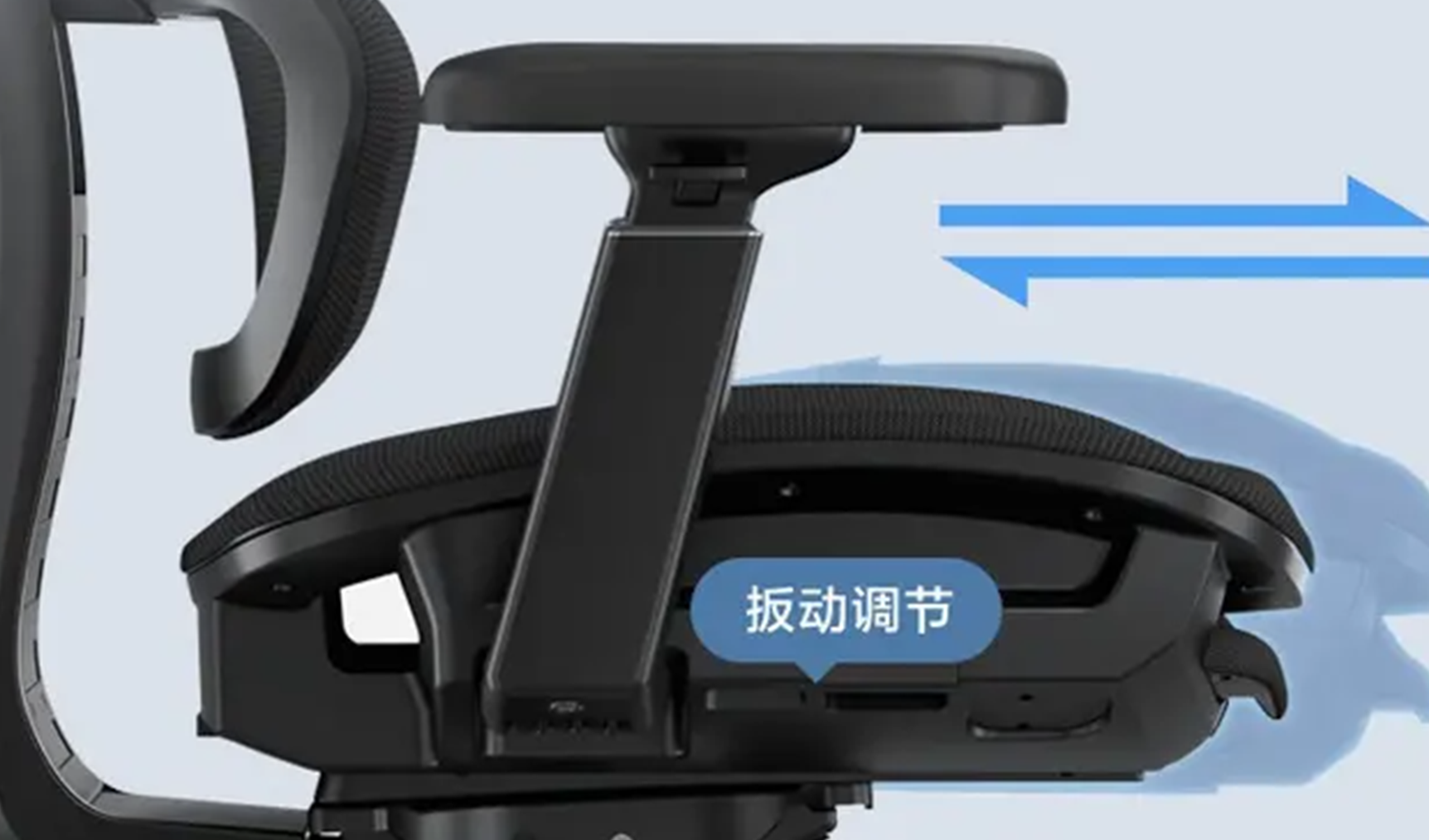

_cVJsSf.png)
_GCnBd3.png)
